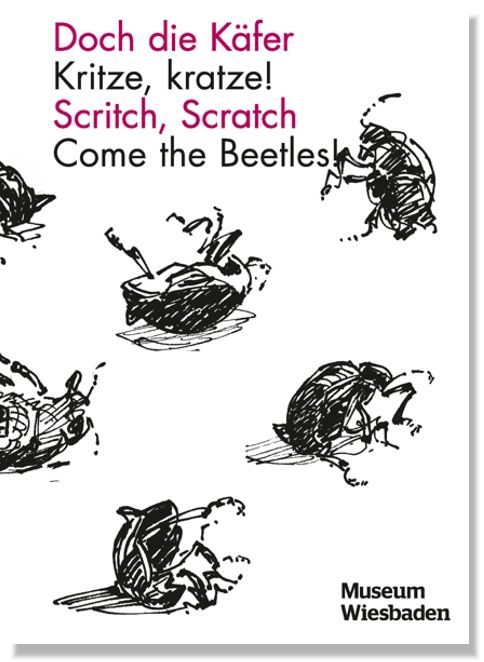15 May 22 — 19 Feb 23

Large rose chafer. Photo: Museum Wiesbaden / Fritz Geller-Grimm
From Subtle Hunts by Ernst Jünger
Although beetles are today’s most species-rich zoological order, we are scarcely aware of them in our everyday lives. That is no doubt because very few of them are a nuisance to humans, and even those that do make their presence felt — like furniture, flour, and fur beetles — are good at keeping out of sight. This study exhibition brings these six-legged, armour-clad creatures right up close, with life-size 3D images that give visitors the wherewithal to embark on their own scientific investigations. Literary assistance is on hand too, provided by Jean-Henri Fabre and Ernst Jünger. Both authors were fascinated by beetles and provided new literary lenses through which to appreciate the multiplicity of forms and behaviours they represent. Wilhelm Busch was not the only writer to memorialize the best-known beetle in Germany: “Everyone knows what a maybug is …”

Exhibition Catalog
Author: Fritz Geller-Grimm, Museum Wiesbaden 2022
80 pages with 36 illustrations
german/engl., 26 x 19 cm, hardcover
ISBN: 978-3-89258-139-0
price 12,— €
Hier finden Sie das Begleitprogramm zur Ausstellung, sobald es im Veranstaltungskalender veröffentlich wurde.
From Souvenirs entomologiques by Jean-Henri Fabre
North of Orange, on the western edge of Mont Ventoux, lies the village of Sérignan-du-Comtat. This is where you can visit the garden, the house and the study rooms of Jean-Henri Fabre (1823—1915) even today. In this protected place, one of the most important naturalists spent the majority of his life. The destination of his expeditions was mostly his own garden, his Harmas.